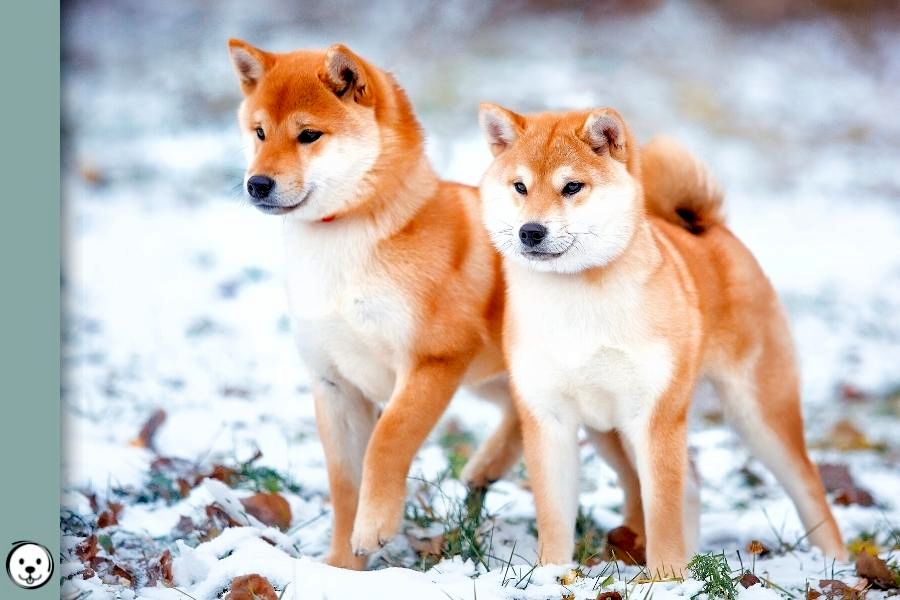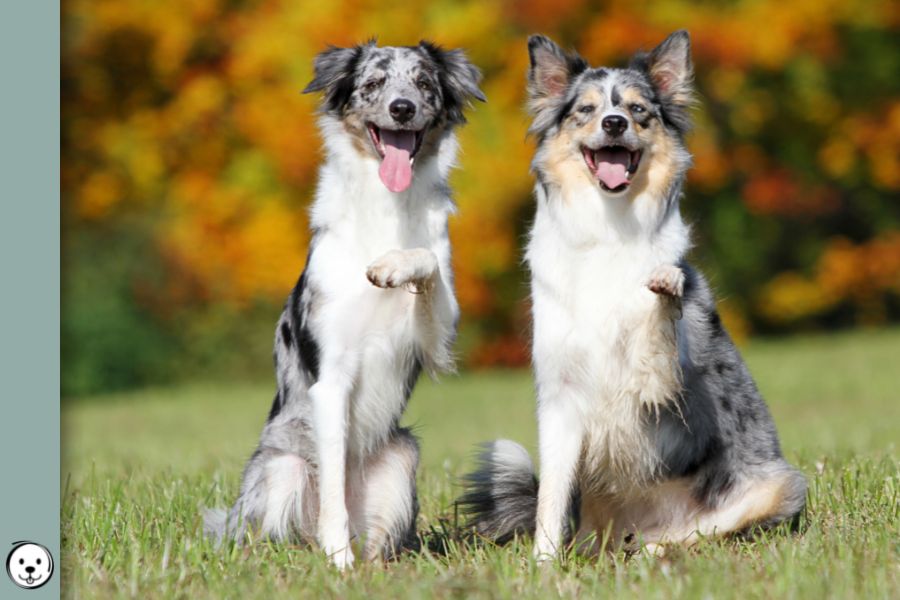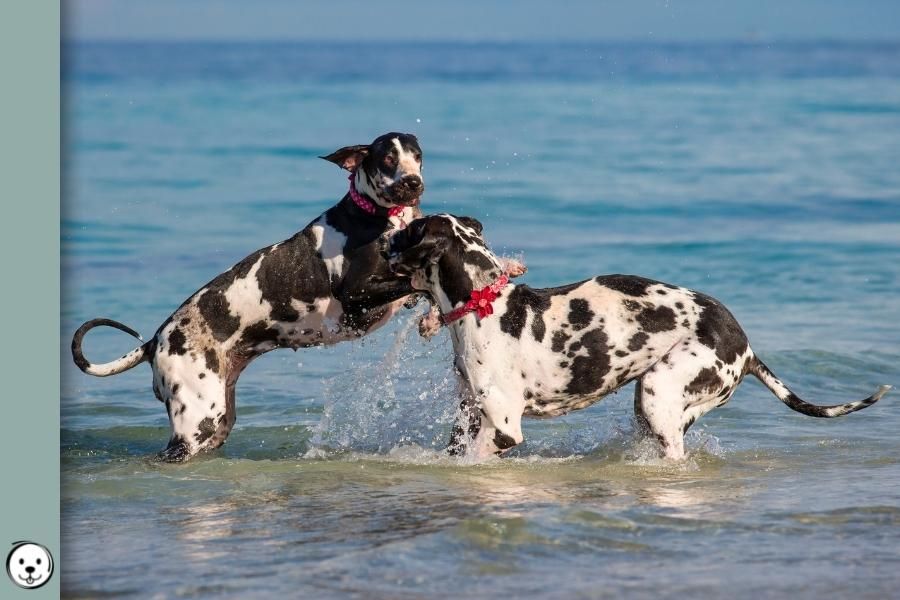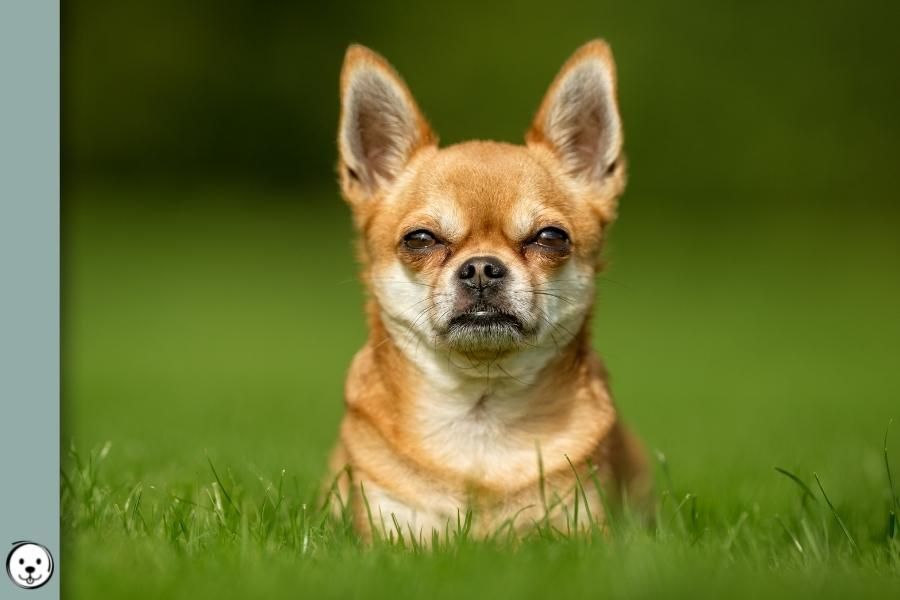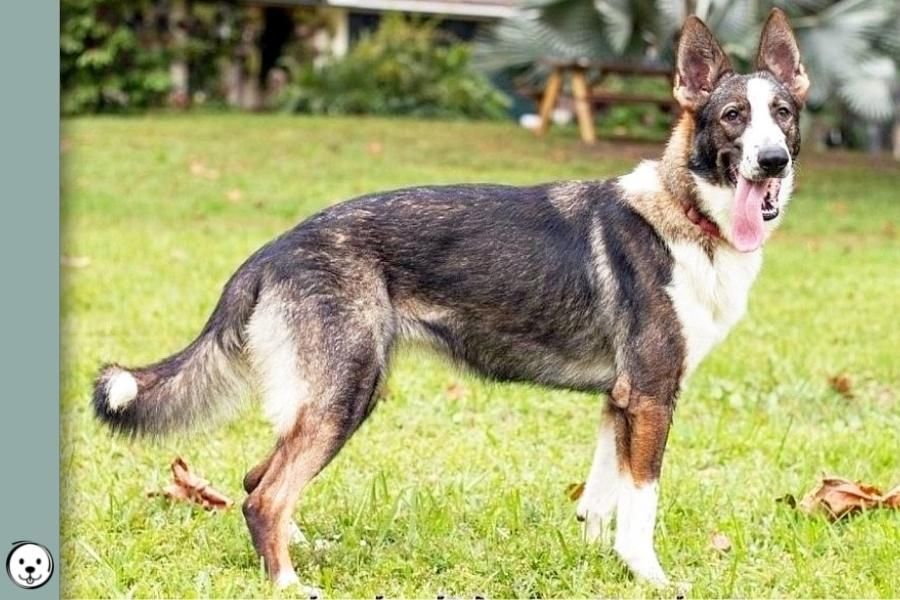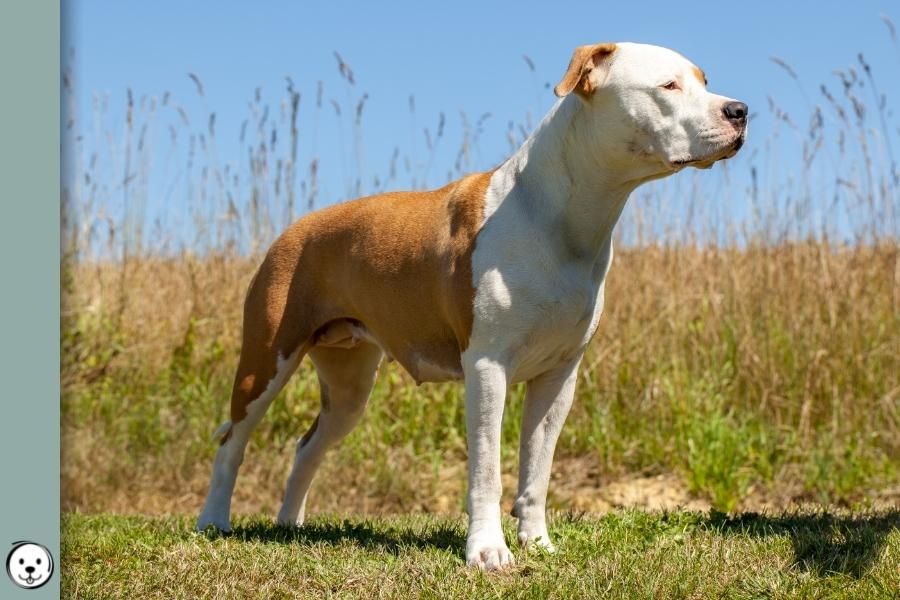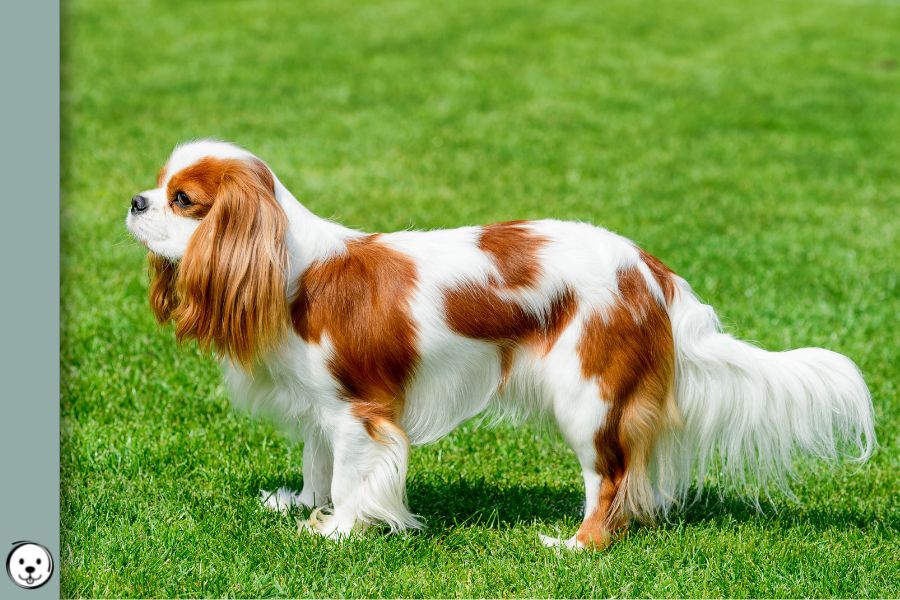Ticking vs. Merle: What’s The Difference?
What is the difference between ticking and merle in dogs, you ask? Well, ticking adds pigment to white spotting while merle removes pigment from areas with black or brown coat. Both patterns can create blueish or grayish coat and are some of the most easily confused color patterns. For beginners, it can be difficult to … Read more


